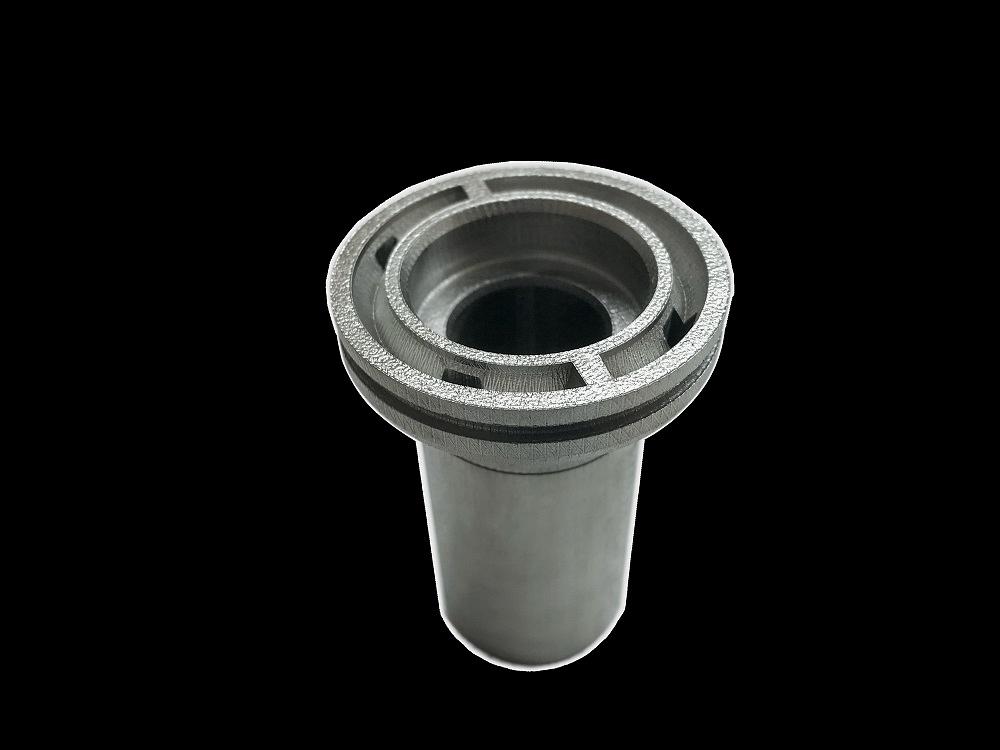2020/04/22 09:00 | Pageview:1559 | From: thefabricator.com
TRUMPF and Heraeus Amloy have begun working together on the 3D printing of amorphous metals, also known as metallic glasses.  Their goal is to establish the printing of amorphous parts as a standard production method on the shop floor by improving process and cost efficiencies.
Their goal is to establish the printing of amorphous parts as a standard production method on the shop floor by improving process and cost efficiencies.
In this collaboration, Heraeus Amloy has optimized its amorphous alloys for 3D printing and tailored the material for use with TRUMPF’s TruPrint systems.
Amorphous metals are twice as strong as steel, yet significantly lighter and more elastic. They exhibit isotropic behavior, which means their material properties remain identical, regardless of the direction in which the 3D printer builds up the workpiece. In addition to creating robust parts, 3D printing also gives engineers more freedom in the design process.
The companies report that this process could be beneficial for parts that are subject to significant stresses and lightweight design in sectors such as aerospace and mechanical engineering, as well as for medical devices because of the materials’ biocompatibility.
“3D printing of amorphous components in the industry is still in its infancy. This new collaboration will help us speed up printing processes and improve surface quality, ultimately cutting costs for customers. This will make the technology more suitable for a wider range of applications, some of which will be completely new,” said Jürgen Wachter, head of the Heraeus Amloy business unit.
Amorphous metals are formed by cooling molten metal extremely quickly. A 3D printer then can build them into larger, more complex parts—something that other methods are unable to do. 3D printing also exploits the potential that amorphous metals hold for lightweight design. A 3D printer only builds structures that help a part fulfill its function, so material use and weight are kept to a minimum. Amorphous metals are very light by nature, so the combination of 3D printing and amorphous metals can reduce weight in many applications.
